History of Mayan Tattoo Culture
09 June, 2022If you think the Kardashians invented body modding, think again. The Kardashians ain’t got nothing on the Mayans. Mayan people deformed babies’ skulls at birth to elongate their heads, they filed their teeth, were more pierced than punks, and of course, got majorly inked.
Mayans of course aren’t the only civilization who practiced tattooing, but they are one of the oldest and largest ones. It isn’t uncommon to see homage paid to Mayan culture in modern-day tattoo shops, and if you take a trip to the lands the Mayans occupied, it wouldn’t be uncommon to meet Mayan tattoo artists who are revered in their communities for carrying on eras of tradition.
Here’s everything you need to know about the history of mayan tattoos!
Who Are the Mayans?
“Maya” represents a huge scope of people. When we’re talking about Mayans, we are thinking about the years 250 CE to 900 CE. Mesoamerican Indians spanned southern Mexico, Guatemala, and northern Belize. There are over 30 Mayan languages and over 40 cities with populations between 5,000 and 50,000. They’re the people behind those badass stone buildings and temples.
Before the Spaniards did their whole colonization thing the Mayans were the largest civilization of people in the Western Hemisphere. It’s estimated their peak population count was around 2 million people.
Mayan people still live on today. There are still strong pockets of Mayan culture throughout southern Mexico and South America.
Note: Keep in mind the vast array and volume of Mayan people there were throughout history when we are talking about their tattoo culture. It is possible that in one Mayan civilization, a tattoo meant something different than in another.
Did Mayans Tattoo?
Mayans, more than other Mesoamerican cultures, were fans of tattoos. Unfortunately, most of the historical accounts of Mayans and their tattoo customs come from Spanish colonists. We can take some liberal interpretations from Mayan art, writing, and architecture to paint a fuller picture but generally, the historical accounts of colonizers are a little — *ahem* — biased.
Spaniards only ever saw tattooing as a link to the devil or darkness. What we know about ancient Maya is through the narrow lens of conquistadors.
In Maya, tattoos were ritualistic. They were a symbol of bravery and power. Besides marking criminals, tattoos were used positively to increase strength, intensify worship, and gain respect. Men and women alike were encouraged to get tattooed. The process was deadly back then due to a virtual absence of sterilization and aftercare, but if they survived, it was thought to bring the person closer to higher powers.
How Did Mayans Make Tattoos?
The process of Mayan tattooing was just a little more metal than modern-day tattooing. Tattoo artisans would paint their subject with color, then pierce the skin with reeds so the color would seep into the pierced area.
We can say exactly what this looked like but we imagine it like modern tattooing but with bigger, deeper pokings, a lot of pain, and a much higher risk of infection. Tattooing took more sessions and waaaay more intense aftercare.
Why Did Mayans Get Tattoos?
Tattoos held great significance for Mayans. Getting a tattoo meant risking their lives. The process was slow, painful, and came with a lot of sickness from infection. In the time of ancient Maya, it wasn’t possible to walk into a shop and get flash skull tattoos after brunch. Getting a tattoo was for a very special purpose.
People who got tattoos were revered for their act of sacrifice. Getting a tattoo was a popular part of Mayan culture but many people opted out because of the risk involved. No matter what a tattoo might have depicted, living through the process meant bravery and power greater than the average person.
Social Status
The more body modifications you had the nobler you appeared. The more elaborate tattoo a person had could signify a person's ability to receive that tattoo (in both $$$ and power). You can imagine that a noble person might have more time or ability to survive the process of getting a tattoo or three.
Achievement
Tattoos could depict one's special skills or religious power. We imagine a healer or priest would have special tattoos that made people recognize their special talents in a moment. They might also use tattoos to strengthen their relationship with the spiritual world.
Power
Certain symbols linked their bearers closer to the Mayan gods or gave them the power of the animal pictured. Warriors would get these powerful animals and gods inked into their skin so they could channel that energy during wartime.
Sacrifice
Maybe a good year of crops or some general luck was desired. Suffering through a tattoo was a mark of sacrifice that could make a god smile upon the bearer. The kind of generosity they wanted to receive would determine the subject of the tattoo. A maize farmer might dedicate their body to the story of Hun Hanahpu, the god of maize. In turn, Hun Hanahpu might give that farmer success in their yield.
Punishment
Marked by bad deeds. If someone committed a crime they could be subject to a permanent mark of their sin. Prisoners were also known to be marked with tattoos. Some captive Spanish soldiers were marked by Mayans. Later on, they were freed but refused to go back to their Spanish homes in fear of being rejected by their own people, afraid that because they were covered in tattoos and piercings, they would never be accepted by Spaniards again.
Mayan Symbolic Meanings in Tattoos
The subject of a Mayan tattoo was equally as important as the act of getting the tattoo. The subject of the tattoo would link the bearer to whatever the tattoo was about. While we don’t have evidence of the actual tattoos, remaining Mayan art helps us decipher what kind of symbolic meanings the Mayans used.
Animals
Powerful animals were a hit tattoo choice for warriors and nobles. Bearing their mark could connect the wearer to the power of that animal.
- Jaguars represent bravery, stealth, and power. It is remarked to be the most sacred of animals for Mayans. The jaguar could transverse the realms of living and dead, night and day, dark and light.
- Eagles represent foresight and flight, illuminating the path before a person.
- Owls were believed to be mystic guides who knew the realm of the afterlife.
Gods
Mayans believed in a lot of gods — about 250 gods. There were gods for every aspect of life. Making an ode to a certain god through a tattoo was a sacrifice that could bring generosity from whoever was marked into the skin.
A few examples of potential ink-worthy gods include the following:
- Kukulkan is the god of spirituality and wisdom and is depicted as a feathered serpent
- Hun Hanahpu is the god of maize, dancing, and feasting
- Kinich Ahau is the sun god whose name was also used for royalty and “divine kings”
- Ix Chel is the goddess of fertility, medicine, and childbearing
- Lord Chaac is the rain god who brought farmers good crop yields
There is much crossover between animals and gods in Mayan culture. Many of their gods had animal depictions or were half-animal, half-human forms.
Who Got Tattooed?
You may be inclined to think that it was a man’s task but that doesn’t seem to be the case. Women were also tattooed. The subjects differed but it was equally accepted and respected for a woman to get tattooed.
Men waited to get tattoos until after marriage. After they were married they would tattoo their legs, backs, arms, hands, and even faces.
Women would also wait until after marriage to get tattoos. They would get tattooed anywhere above the waist besides their breasts.
Mayan Tattoos Now
Modern Mayan tattoos are interpretations of what is left of Mayan history. Many people take inspiration from glyphs, architecture, art, and modern Mayan culture. The history of Maya is long and ancient. There is a lot of history to pull from but there is also a lot that is lost or simply left to interpretation.
There are still tattoo artists of Mayan descent who have a tattoo practice that pays homage to their ancestors' culture and the origins of tattooing. Typically they specialize in Mayan subject matter and their tattoo method may resemble the Mayan method – but way safer and way less painful… we hope!
In the tattoo world, it’s common for artists, no matter their ancestry, to pay homage to Mayan culture in their practice because it is one of the oldest tattoo cultures in the world. So don’t be surprised when you see the name “Maya Tattoo” on a shop in the middle of Iowa!
Check out more tattoo tips, tricks, and facts here in our blog!
SOURCES:
Maya | People, Language, & Civilization | Britannica
The Maya Maize God | Teaching History with 100 Objects
Mayan Art of the Tattoo | History
Teaching Resource on Maya Tattoos | Mexico Lore
Try risk-free & save with the Essential Sets
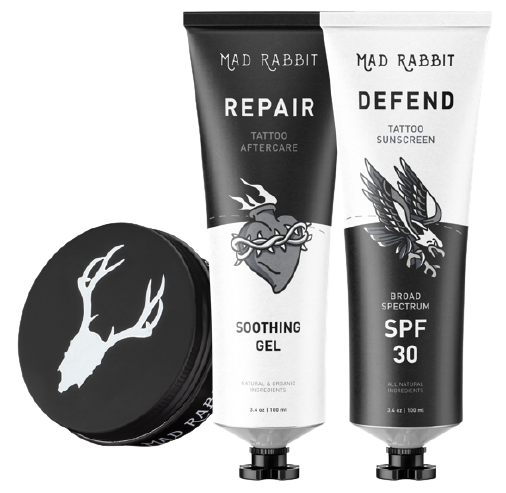
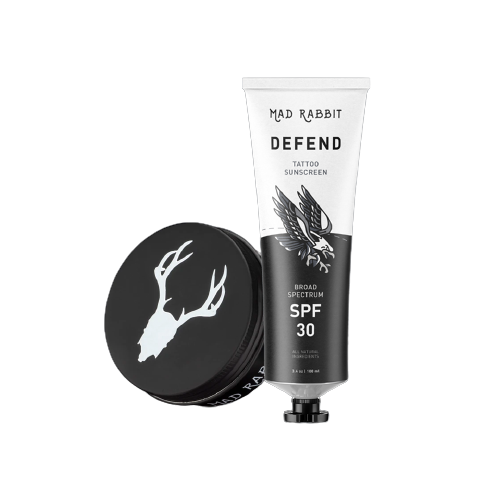
Daily Defense Set
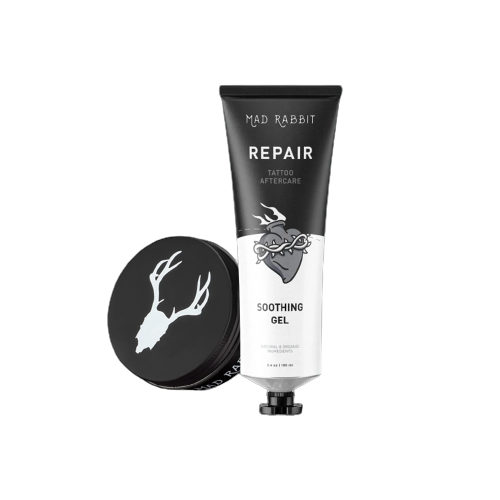


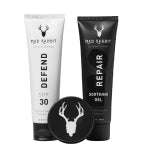
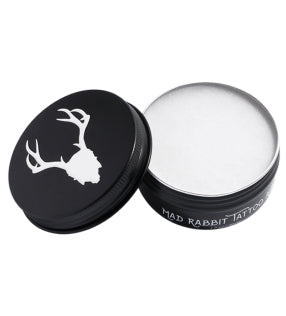
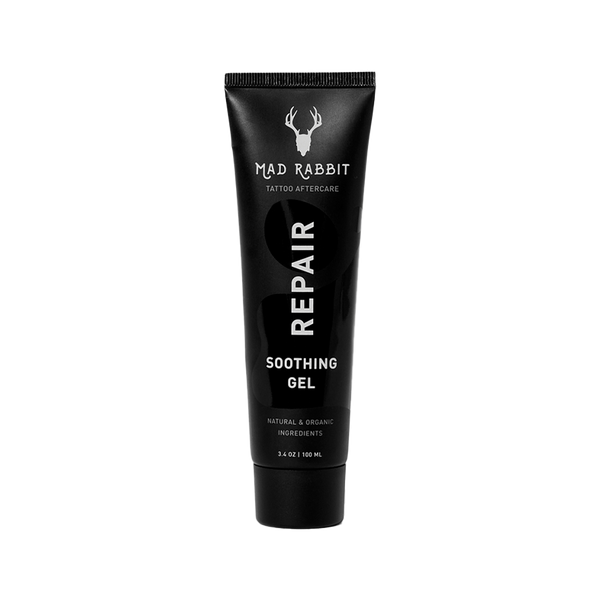

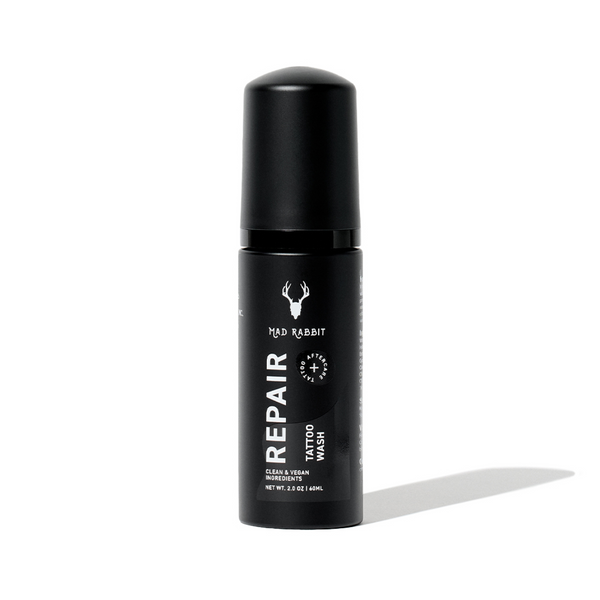
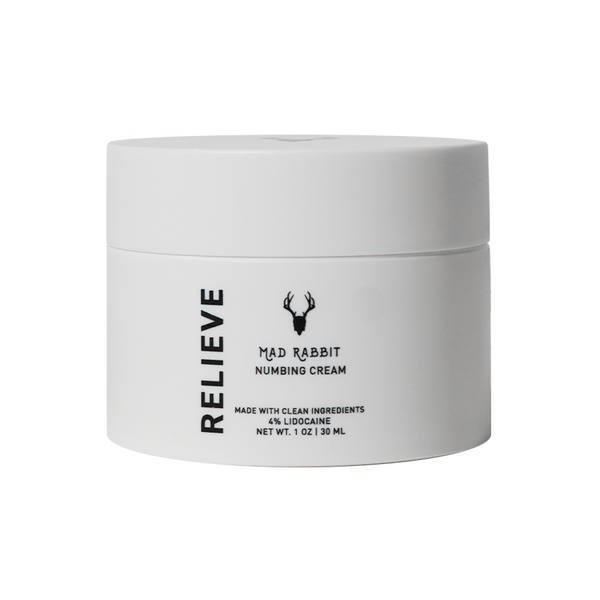

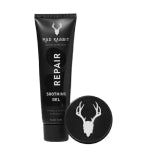
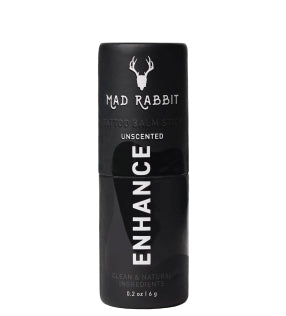
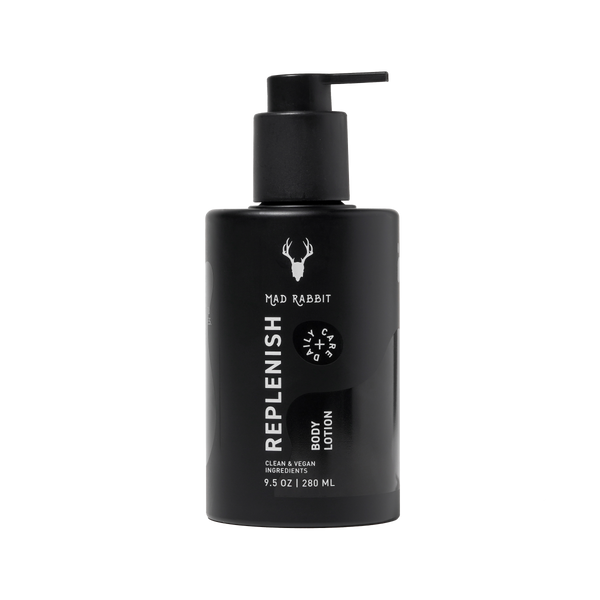
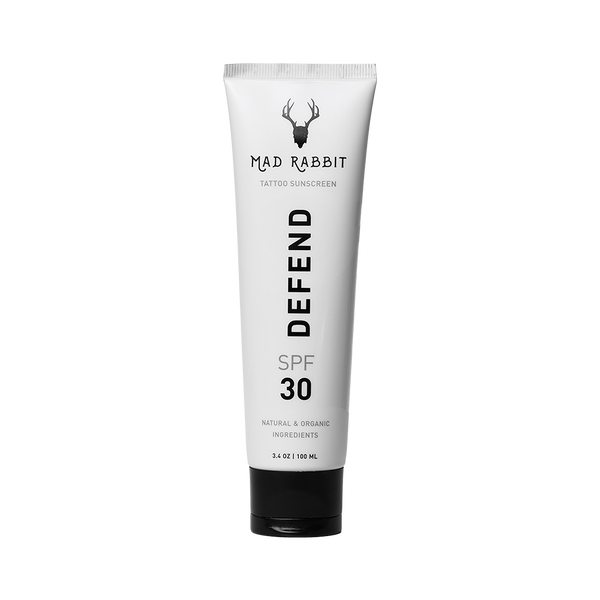
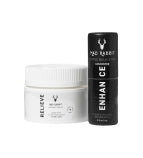

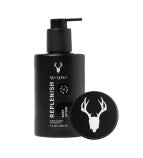
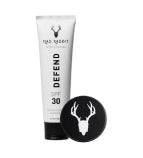
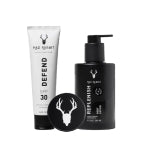

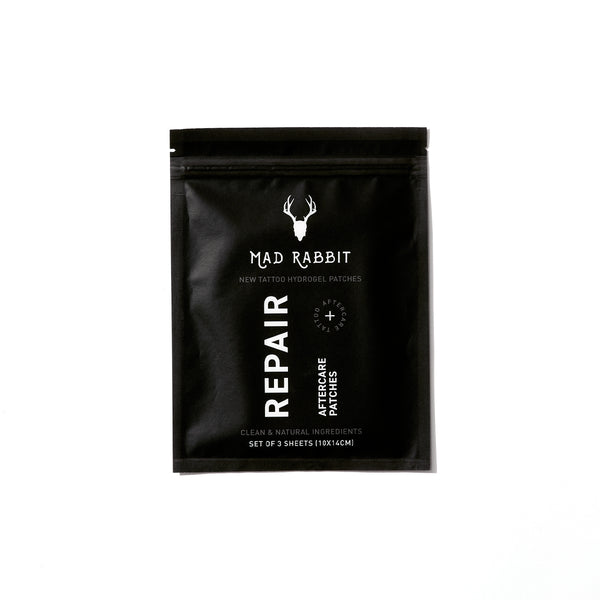
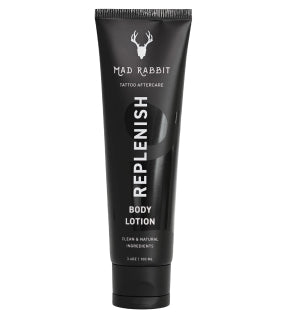
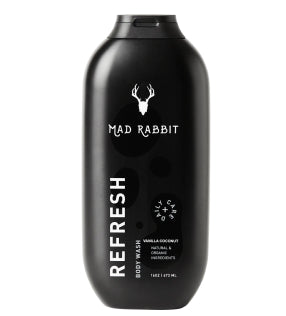




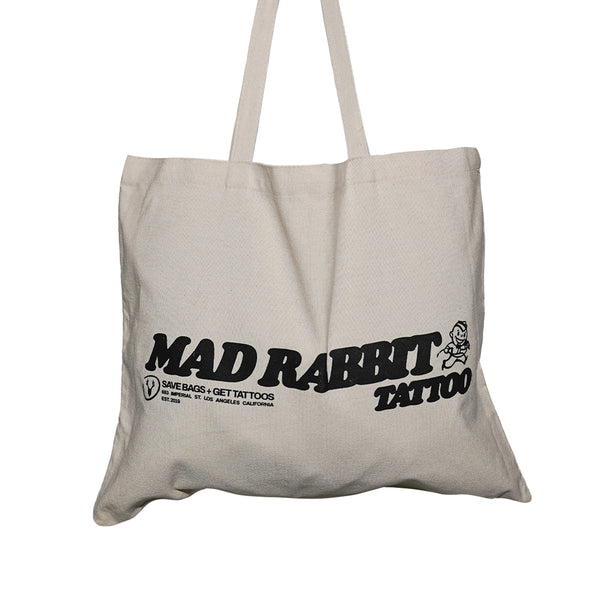
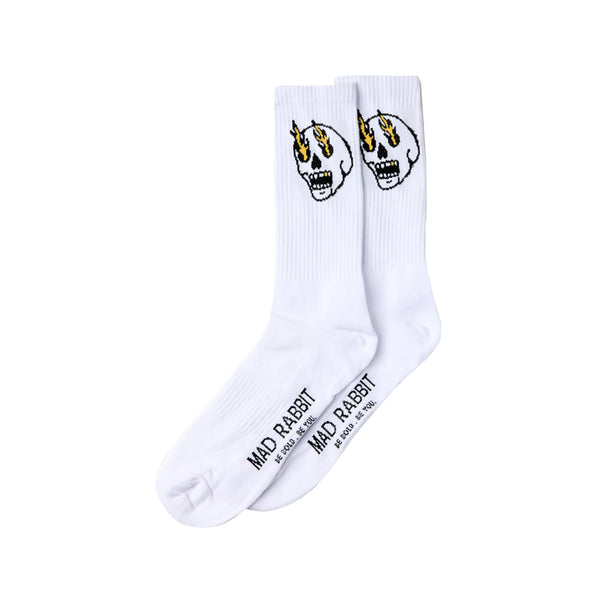
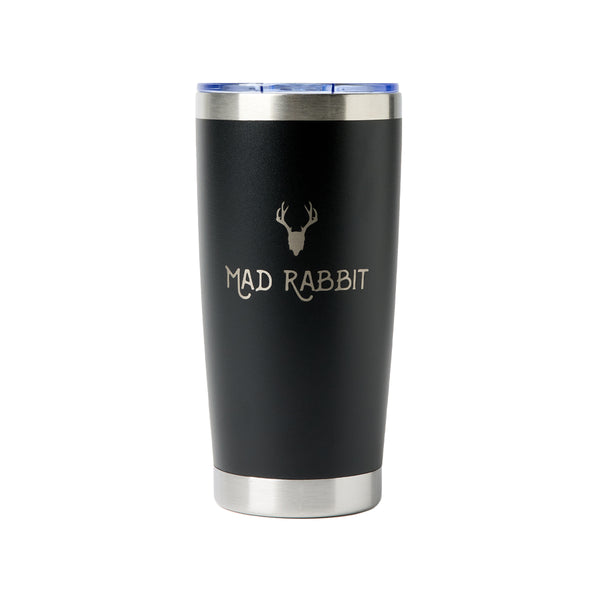

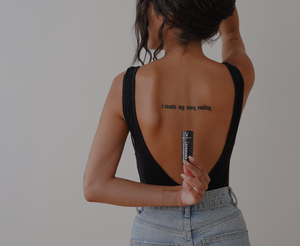
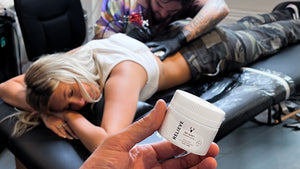

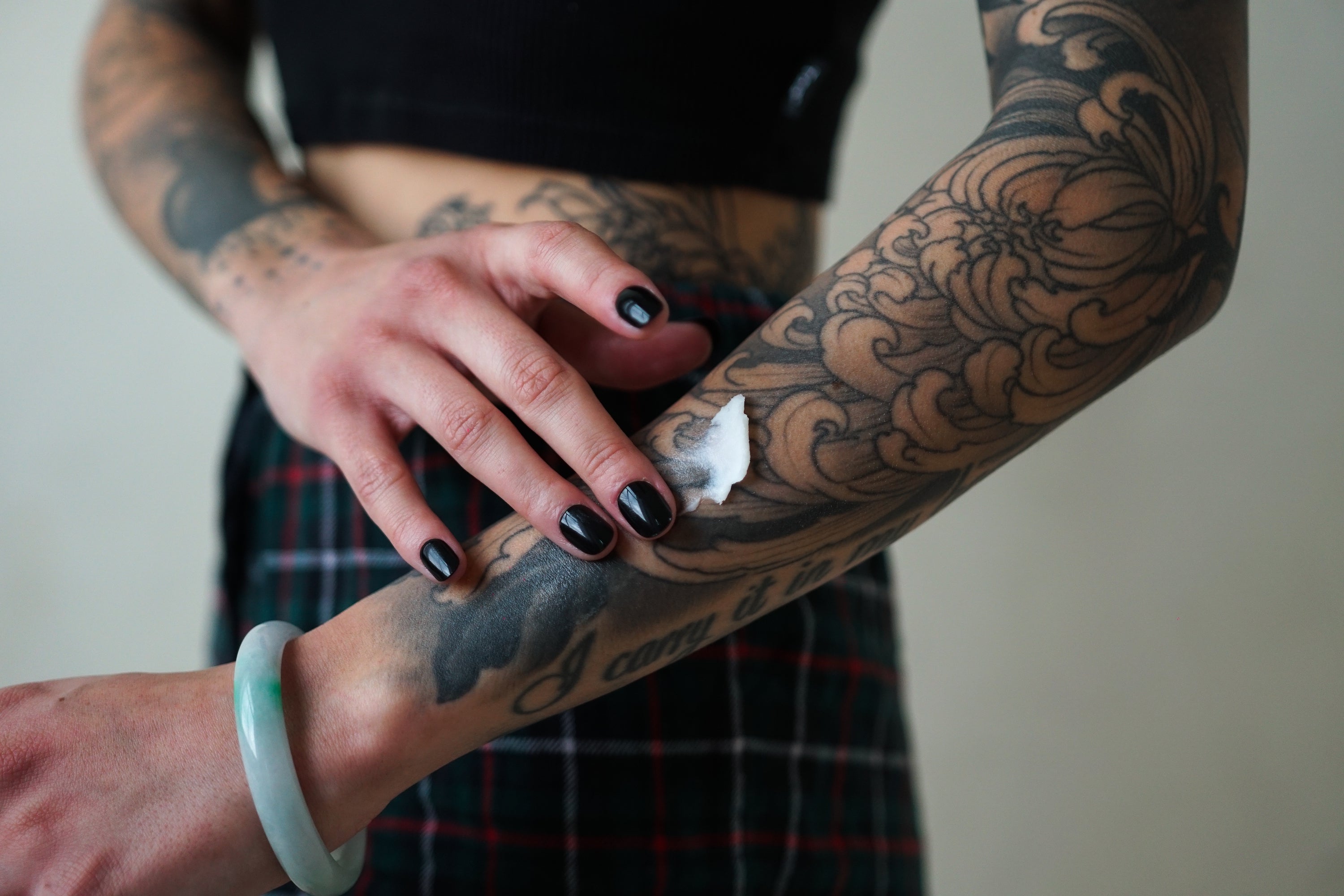
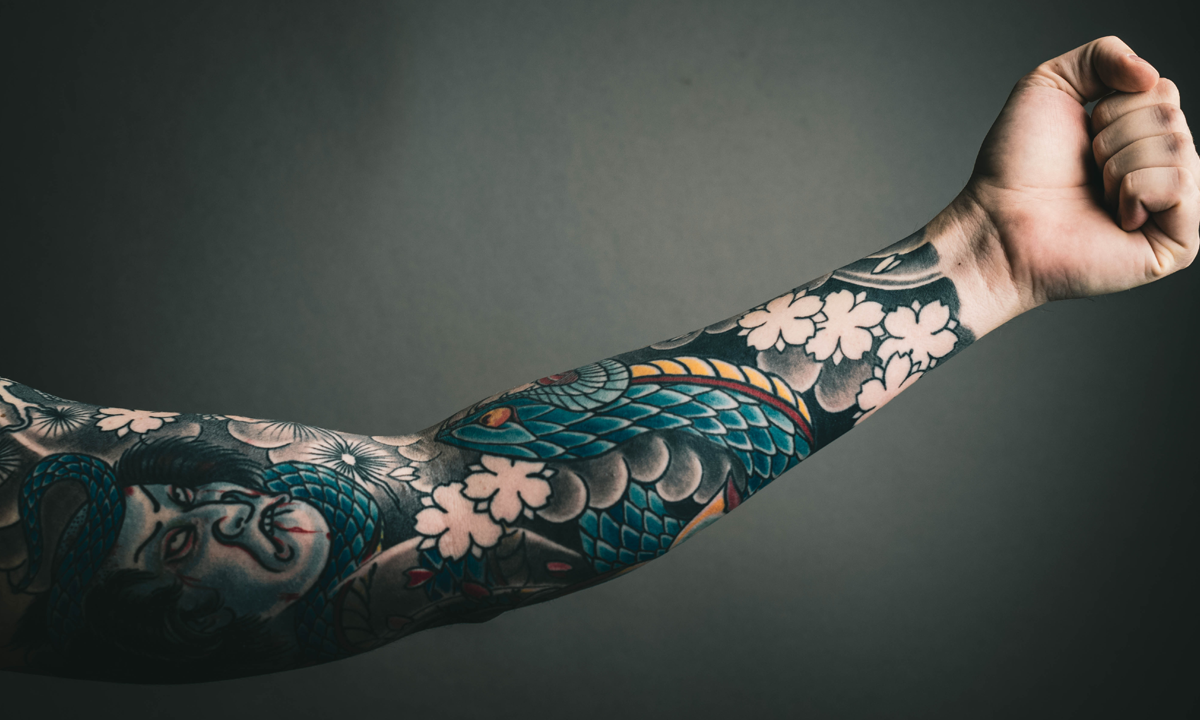
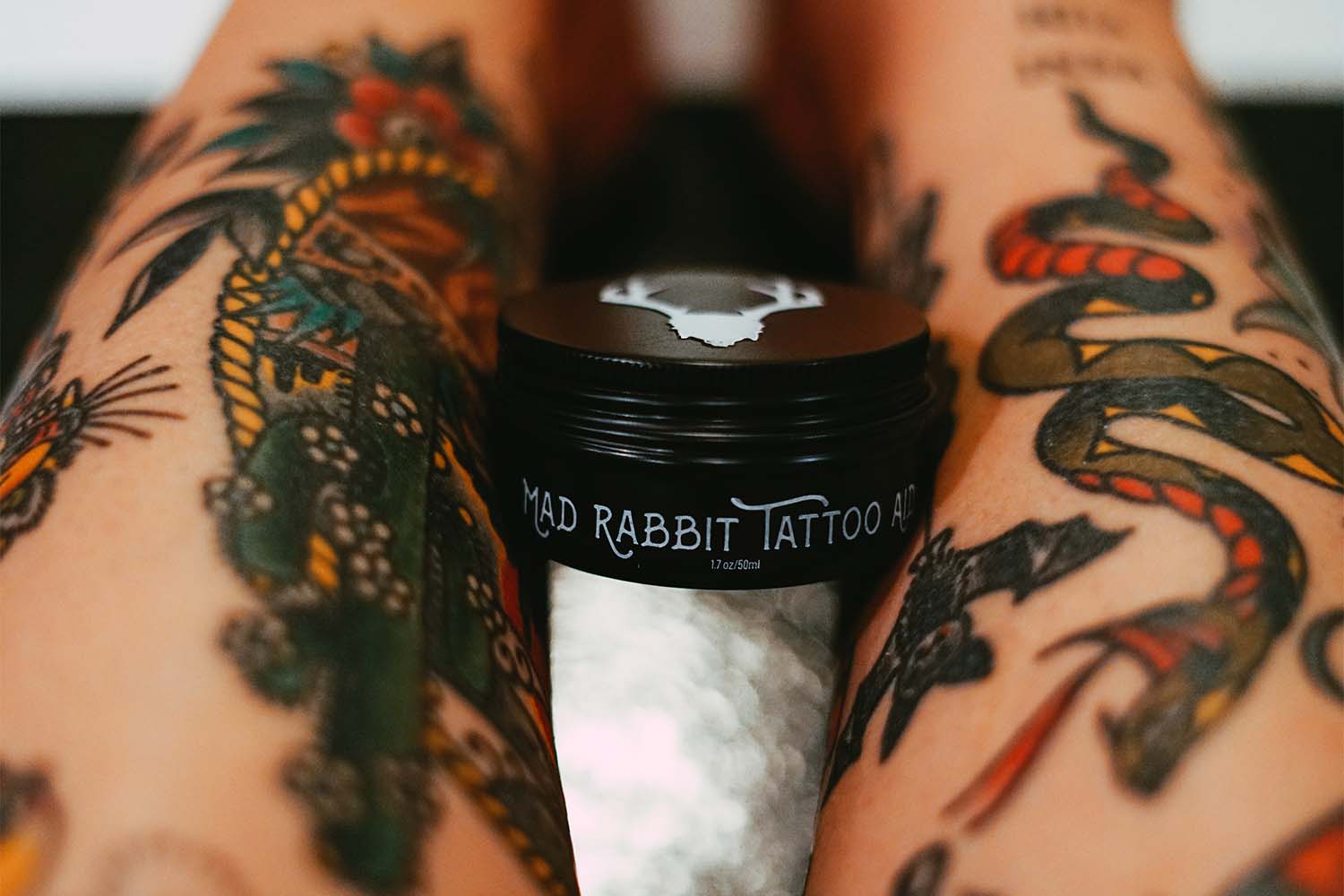
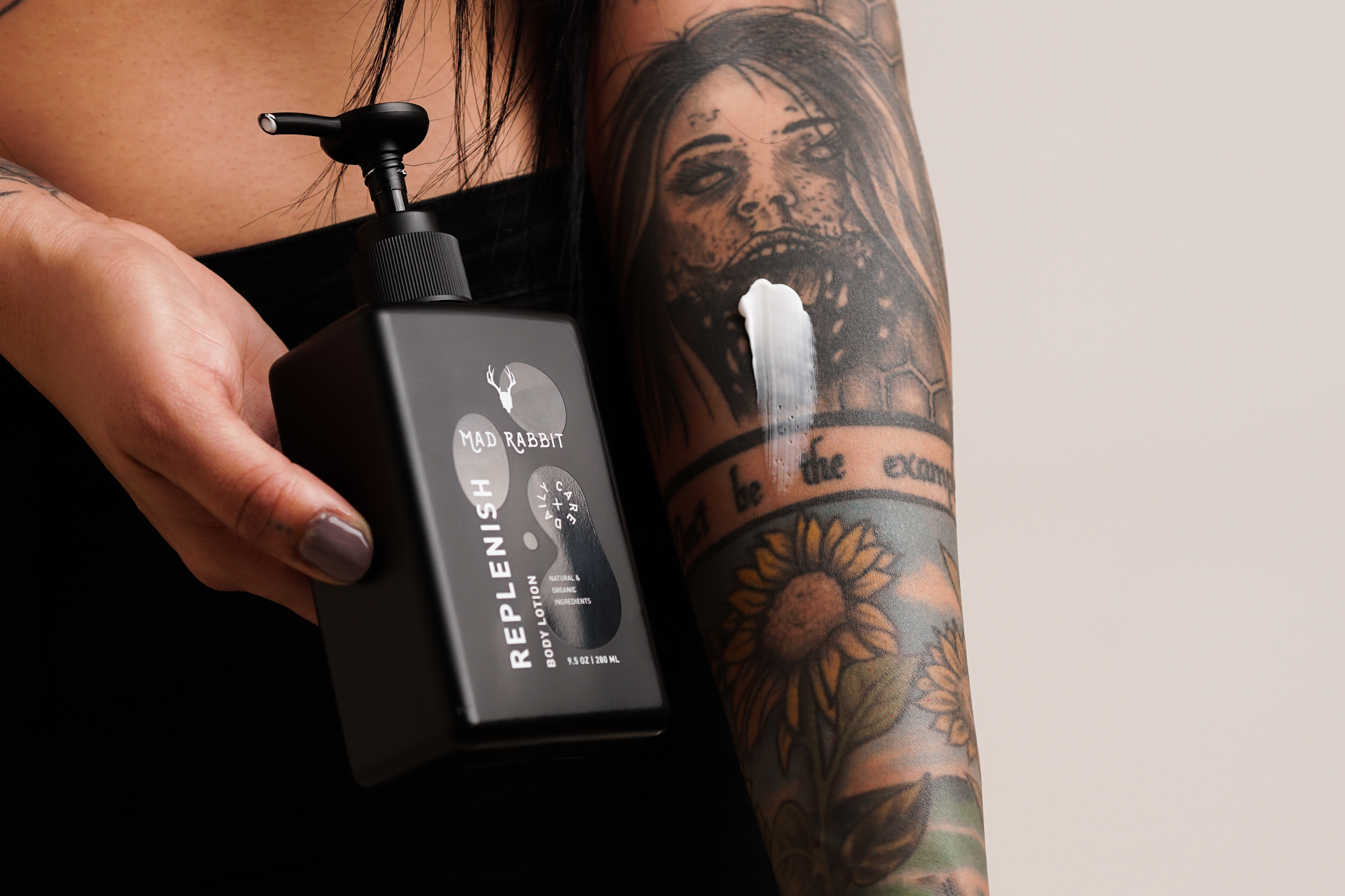
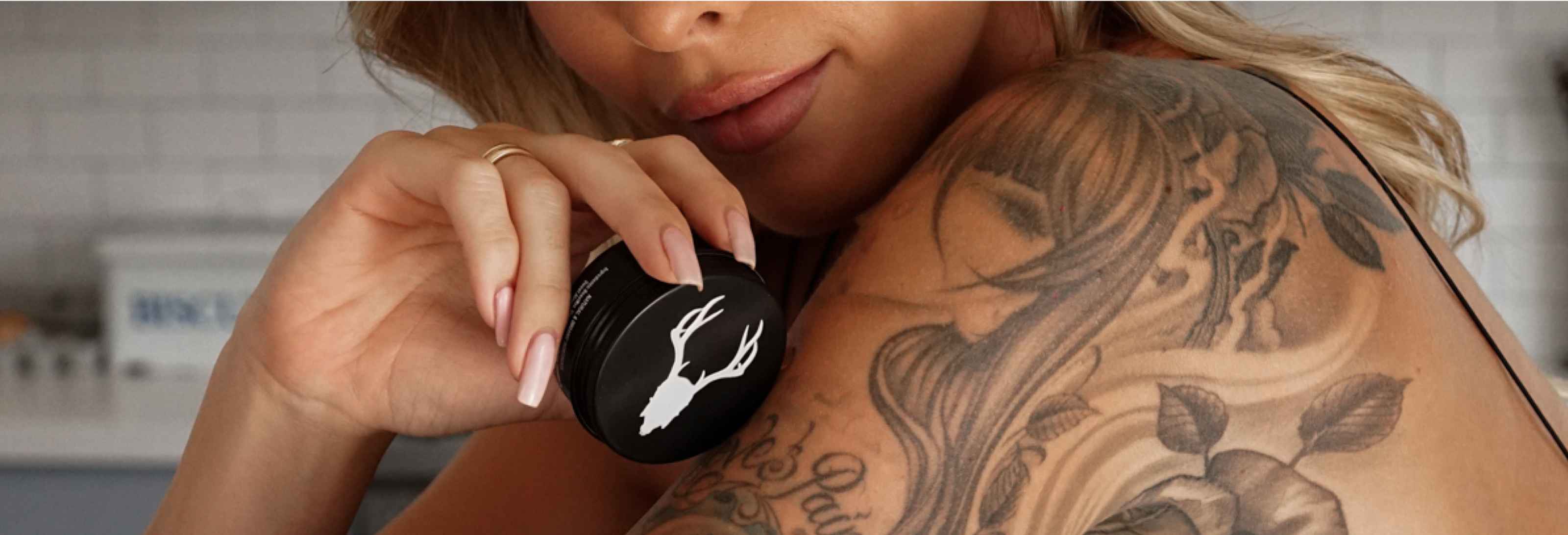
Join the discussion